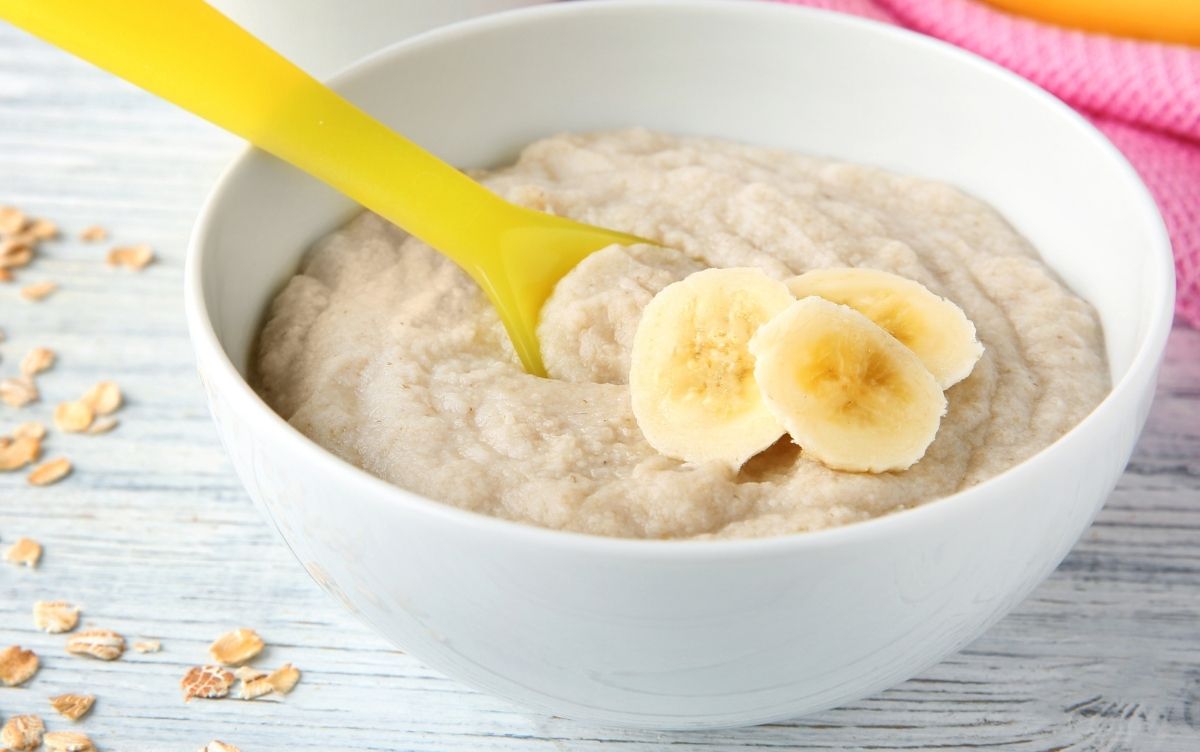As children start school, life may become busier as they become more active, so it’s important that children have a healthy diet that meets their needs to help them grow and develop.
A healthy diet for school aged children includes plenty of fruit and vegetables, starchy foods and protein such as beans, pulses, fish eggs and meat.
As a rough guide, one portion of fruit and vegetables is the amount they can fit into the palm of their hand. Aim to provide at least five portions of a variety of fruit and vegetables a day – tinned, frozen, dried and fresh all count.
Just like adults, children should eat aim to eat oily fish like salmon, trout and mackerel at least once each week. However, it is important that girls eat no more than two portions and boys no more than four in one week.
Starchy foods like bread, rice, pasta, cereals, and potatoes are important and should make up around one third of your child’s plate, choosing wholegrain varieties where you can.
Bones grow throughout childhood – the fastest growth happens when children are very young, then again when they go through puberty. Children need enough calcium and vitamin D in their diet to build strong bones.



